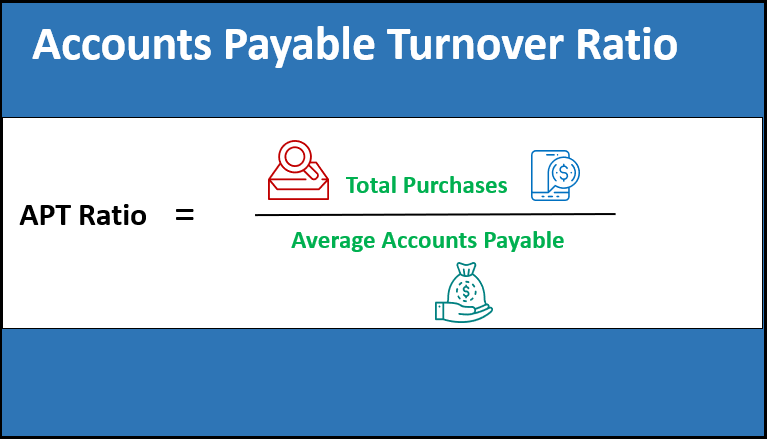
The days’ sales in accounts receivable is calculated as follows: the number of days in the year (use 360 or 365) divided by the accounts receivable turnover ratio during a past year. The days’ sales in accounts receivable ratio (also known as the average collection period) tells you the number of days it took on average to collect the company’s accounts receivable during the past year. This formula converted to a percentage shows the average amount of receivables that the firm has at any given point of time.


It may be useful to track accounts receivable turnover on a trend line in order to see if turnover is slowing down if so, an increase in funding for the collections staff may be required, or at least a review of why turnover is worsening. A low turnover level could also indicate an excessive amount of bad debt and therefore an opportunity to collect excessively old accounts receivable that are unnecessarily tying up working capital. Average accounts receivable can be calculated by averaging beginning and ending accounts receivable balances ( (10,000 + 20,000) / 2 15,000). The more often customers pay off their invoices, the more cash is available to the firm to pay bills and debts, and less possibility that customers will never pay at all.Ī high turnover ratio could indicate a credit policy, an aggressive collections department, a number of high-quality customers, or a combination of those factors.Ī low receivable turnover may be caused by a loose or nonexistent credit policy, an inadequate collections function, and/or a large proportion of customers having financial difficulties. For the Years Ended Decemand 2018 Description


 0 kommentar(er)
0 kommentar(er)
